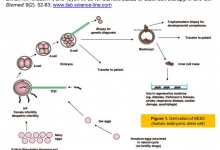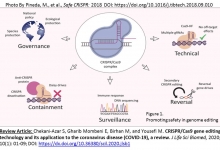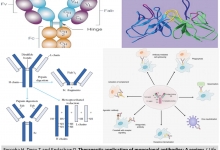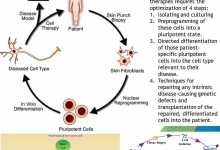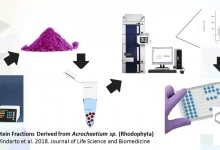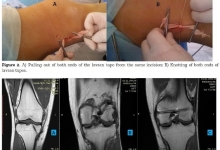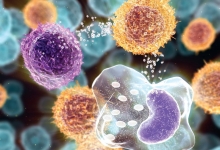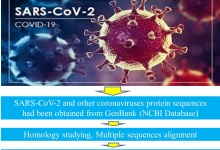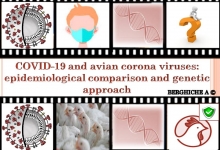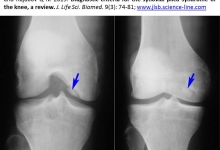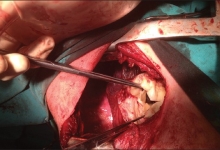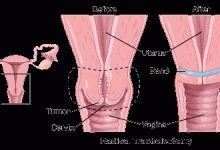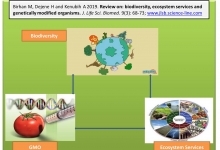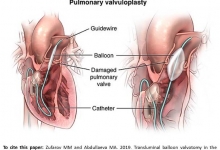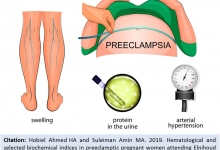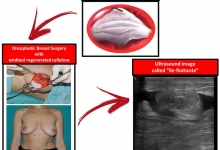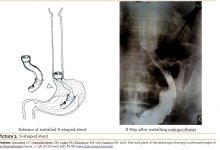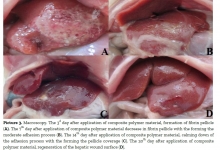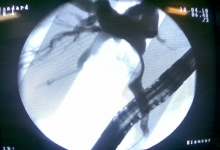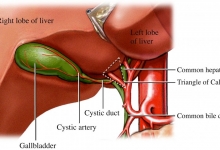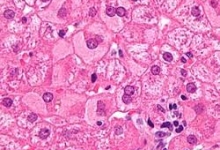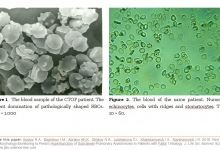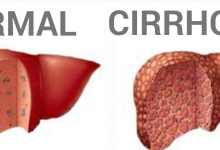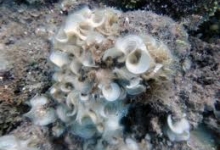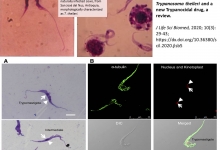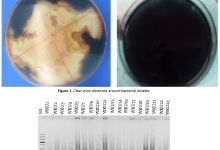Previous issue | Next issue | Archive
| The diagnostic accuracy of currently available laboratory tests compared to PCR test for COVID-19: a systematic review and meta-analysis |
Systematic Review COVID-19
The diagnostic accuracy of currently available laboratory tests compared to PCR test for COVID-19: a systematic review and meta-analysis
Birhan M.
J. Life Sci. Biomed., 13(1): 01-11, 2023; pii:S225199392300001-13
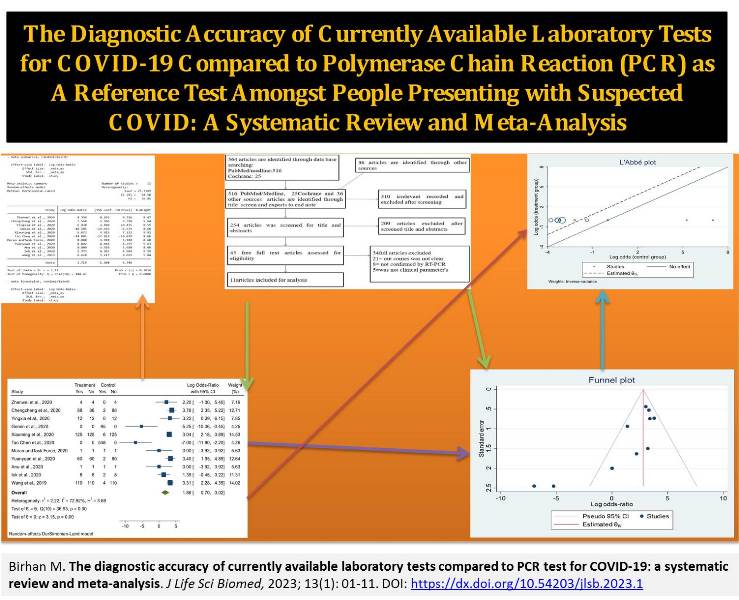 DOI: https://dx.doi.org/10.54203/jlsb.2023.1
DOI: https://dx.doi.org/10.54203/jlsb.2023.1
Abstract
Coronavirus disease (COVID-19) is caused by SARS-COV-2 and represents the causative agent of a potentially fatal and pandemic viral disease that is of great global public health concern and high transmutation rate and mechanisms. A comprehensive systematic search was performed on PubMed, Scopus, Web of Science, and Google Scholar, to find articles published until March 30, 2020. All relevant articles that reported clinical characteristics and laboratory result information of hospitalized COVID-19 patients were included in the analysis. Based on our analysis, however, articles not used RT-PCR and CT as were excluded all of the randomized controlled trial (RCT) were homogeneous (I2=94.58% and p≤0.001) statistical tests showed no publication bias/small study effect. Accordingly, the result of meta-analysis illustrated that RT-PCR increased cases of laboratory confirmation by more than 99% (95% CI: -1.3.0; 4.74) than other laboratory tests. As a result, this finding, is recommended to pilot and scale-up well and accurate laboratory techniques is used in developing countries, and is essential to prevent and control the pandemic diseases with spread in the world. However, it is recommended to further investigate the adverse effects of Real-time reverse transcriptase polymerase chain reaction (RT-PCR) before fully implementing the confirmation.
Keywords: COVID-19; Comprehensive systematic review; Meta-analysis; RT-PCR
[Full text-PDF] [ePub] [Export citation from ePrint] [How to Cite]
| Therapeutic aspects of dietary fibre and glycemic index: a brief review |
Review
Therapeutic aspects of dietary fibre and glycemic index: a brief review
Ahsan H.
J. Life Sci. Biomed., 13(1): 12-16, 2023; pii:S225199392300002-13
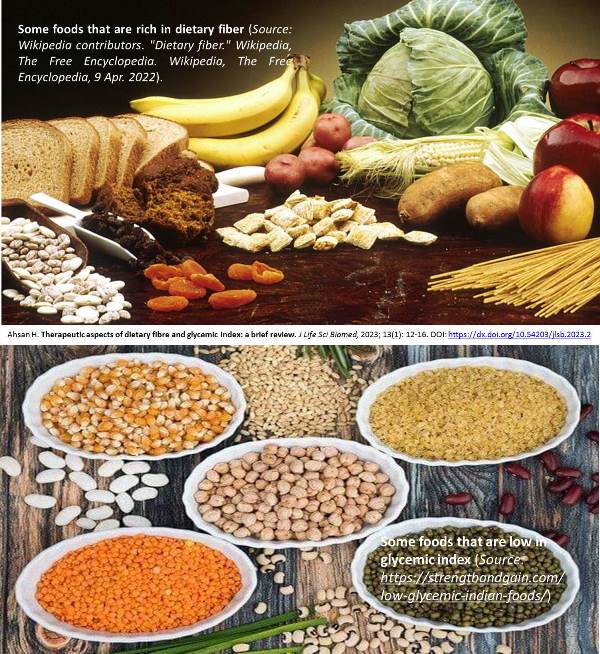 DOI: https://dx.doi.org/10.54203/jlsb.2023.2
DOI: https://dx.doi.org/10.54203/jlsb.2023.2
Abstract
Simple sugars, complex polysaccharides, and dietary fibres are all examples of dietary carbohydrates. A healthy diet should consist of more complex and less added carbohydrates. Dietary fibre is a non-digestible carbohydrate that is not digested and absorbed by the body but is required for satiety and bowel motility. Dietary fibre contains cellulose, hemicellulose, pectins, gums, mucilages, and lignin, which are resistant to enzymatic digestion. Various components of dietary fibre include arabinoxylan, inulin, β-glucan, pectin, bran, and resistant starches. Dietary fibre is a carbohydrate that resists digestion and absorption in the large intestine and may or may not be fermented by bacteria. Short chain fatty acids (SCFAs) are produced in the gut by the breakdown of fibre by intestinal microorganisms and offer energy calories (2 kcal/g). Dietary guidelines recommend increasing the dietary fibre intake since a high fibre intake provides health benefits and prevents dietary and life-style diseases. The aim of the present review article is to understand and suggest better dietary carbohydrates containing high fibre with low glycemic index for the prevention of diabetes, obesity and lifestyle diseases. The different types of carbohydrates in the diet need further recommendation to elucidate its function in health and diseases.
Keywords: Carbohydrates; Fibre; Glucose; Glycemic Index; Short Chain Fatty Acids; Energy; Nutrition; Sugars
[Full text-PDF] [ePub] [Export citation from ePrint] [How to Cite]
| Evaluating the effectiveness of isolated fungi against Fall armyworm (Spodoptera frugiperda) |
Research Paper
Evaluating the effectiveness of isolated fungi against Fall armyworm (Spodoptera frugiperda)
Abera HD, and Emana GD.
J. Life Sci. Biomed., 13(1): 17-24, 2023; pii:S225199392300003-13
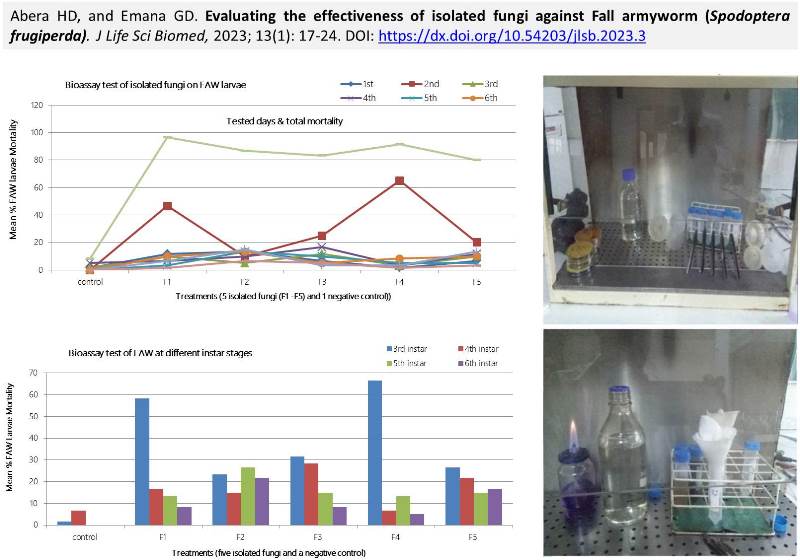 DOI: https://dx.doi.org/10.54203/jlsb.2023.3
DOI: https://dx.doi.org/10.54203/jlsb.2023.3
Abstract
Spodoptera frugiperda, also known as the fall armyworm (FAW), is a polyphagous, destructive, and internationally dispersed insect pest that poses a serious danger to the production of cereals in Africa. Entomopathogens are a safe and environmentally beneficial way to control insect infestations when the all types of insecticides being used to control FAW are linked to a range of serious human health problems from respiratory to cancer. The objective of this study was to identify fungi from local soil that were effective against S. frugiperda larvae. Aluminum foil was used to gather soil samples from various maize growing regions in Ethiopia. Fungi isolated from soil samples and suspended conidia preparation was done in the mycology lab of Addis Ababa University in Ethiopia. At Melkasa Agricultural Research Center a bioassay test was conducted on S. frugiperda larvae. Three replications and a fully randomized design was used to set up the six treatments for the experiment. Twenty FAW larvae (3rd instar) were put into sterile Petri dishes with a diameter of 9 cm and a filter paper lining. A new, unopened syringe was used to inject 3 ml of the suspended solution into each treatment. As a negative control, distilled and sterilized water was used. FAW larval mortality was measured and examined independently for each treatment using GLM, followed by a Tukey's HSD post-hoc test. The cumulative mortality rate (P = 0.0001) and second-day mortality rate (P = 0.001) showed a significant difference between regimens. These noteworthy variations were seen in third instar larvae. S. frugiperda larvae from isolation fungi F1 and F5 had the highest (96.67%) and lowest (80.0%) mean cumulative death rates. Under negative control, the mean cumulative mortality rate was 8.33%. The outcomes showed that S. frugiperda could potentially be controlled by fungal isolates found in maize fields. Conidial concentration, as well as field evaluation, characterisation, and species identification of isolate fungi, all require more study.
Keywords: Entomopathogens, Fall armyworm, Isolate fungi, Polyphagous, Environmental health
[Full text-PDF] [ePub] [Export citation from ePrint] [How to Cite]
Previous issue | Next issue | Archive
![]() This work is licensed under a Creative Commons Attribution 4.0 International License (CC BY 4.0)
This work is licensed under a Creative Commons Attribution 4.0 International License (CC BY 4.0)


